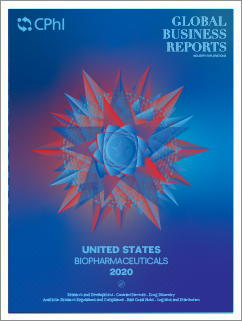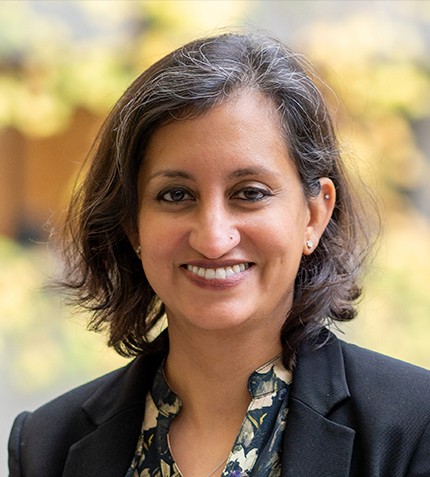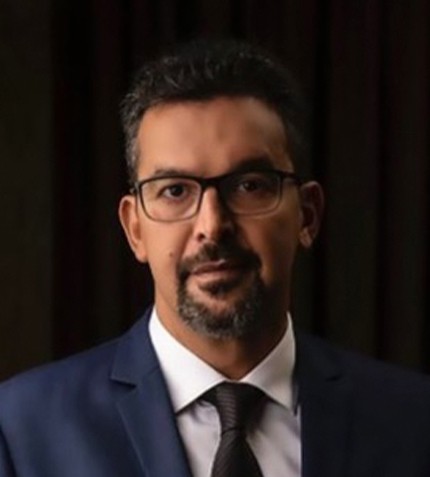
"Today, big pharma has the need to supplement their top line. Data shows that biotech companies are more successful in getting Phase 2 and Phase 3 assets to approval, while established biopharma companies continue to be productive in early stages. There will be an array of acquisition opportunities and established biopharma companies need to take advantage of external innovation at an increasing rate."
RELATED PUBLICATION
ARTICLES FROM THIS PUBLICATION
Arda Ural
PARTNER AND LIFE SCIENCES SECTOR STRATEGY AND TRANSACTIONS LEADER, ERNST & YOUNG LLP
What themes are driving the EY Life Science practice and what are some important initiatives?
Ernst & Young LLP (EY US) is increasingly focused on life sciences and developing and deploying our services according to our clients’ capital growth agenda and industry needs. In terms of advising on organic growth, EY US provides strategy and advisory services, and in terms of inorganic growth, our focus is on maximizing value creation in mergers, acquisitions and divestitures. We help our clients to generate capital in a multitude of ways, including: increasing the top line through synergies as predicated by the deal hypothesis and addressing a host of elements of cost to improve our clients’ operating income. We help accomplish this across the deal cycle from identifying and valuing the target, providing financial, tax and operational due diligence, and managing the end-to-end transaction with the proven experience and deep knowledge of the sector dynamics.
What trends are driving the life science business at EY?
In life sciences, we see five major themes for 2020. First, liquidity in the market is very high. There is US$1.5 trillion of liquidity available on the private equity side and US$1.4 trillion in the biopharma balance sheets. Just to put this in context, the Fed balance sheet was US$4 trillion at the beginning of this year. Liquidity is going to be widely available for asset acquisitions, innovation and R&D initiatives. In an EY survey released in the last quarter of 2019, 68% of life science executives said they would expect an M&A transaction over the next 12 months period to deploy some of that cash.
Second, there is a need for external innovation to supplement pharma’s revenue that is at risk due to looming patent expirations valued at US$180 billion over the next four years. The growth of new products launched in the previous five years is not expected to sustain the revenue decrease due to loss of exclusivity. This same phenomenon happened about 10 years ago and was referred to as the ‘patent cliff’, when most of the products were small molecules subject to an immediate generic exposure. This scenario will probably repeat in 2020-2024 but with biologics, and this time the loss will be more gradual, with three to four biosimilars entering the market segment. Today, big pharma has the need to supplement their top line. Data shows that biotech companies are more successful in getting Phase 2 and Phase 3 assets to approval, while established biopharma companies continue to be productive in early stages. There will be an array of acquisition opportunities and established biopharma companies need to take advantage of external innovation at an increasing rate.
Third, we are transitioning from the biologics era to an individualized therapy era, where rare diseases, cell and gene therapies and oncology are a big focus. The FDA has been productive with an average of 37 annual novel drug approvals over the last 10 years. In 2019, there were 48, 20 first in-class and 21 for rare diseases. The profile of a typical approval is shifting from broader diseases to rare disease and oncology. It is the evolving nature of the business, driven by the ability to show outcomes in rare diseases that are caused predominantly by monogenic mutations. There are approximately 7,000 rare diseases, 10% of which are being addressed. This comes at a high cost, which the payor industry remains willing to reimburse.
Fourth, M&A activity will continue with emphasis on bolt-ons rather than geographic extensions. We can never rule out mega-mergers, which will happen at a clip of one to two per year. In terms of generating shareholder value, EY research shows that mega-mergers take up to five years to be reflected in stock appreciation, whereas bolt-ons can attain that within one year.
Fifth and lastly, the industry is watching the regulatory environment very closely with impact on drug pricing and reimbursement in a US election year. The recent COVID-19 issue is also expected to create uncertainty on the supply chain, clinical trials, plant inspections and overwhelming health systems shifting focus to acute care needs.











